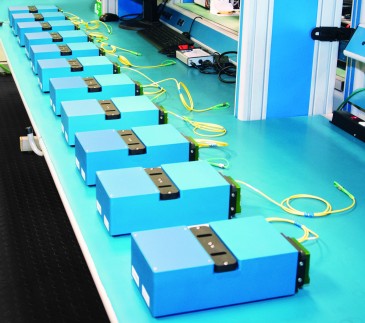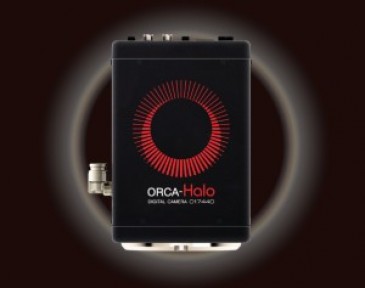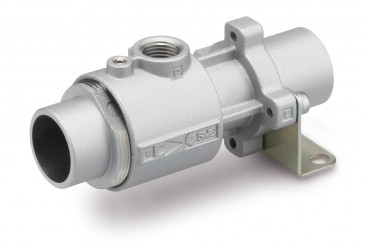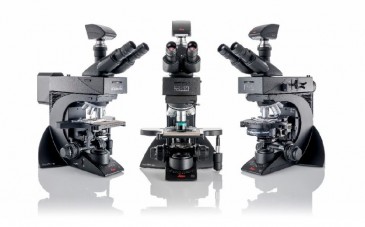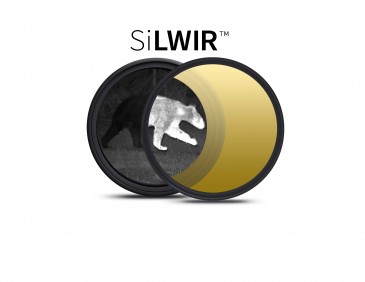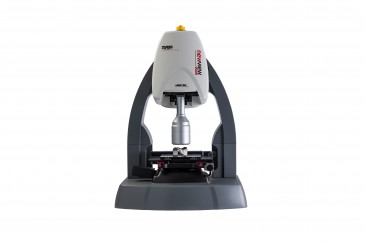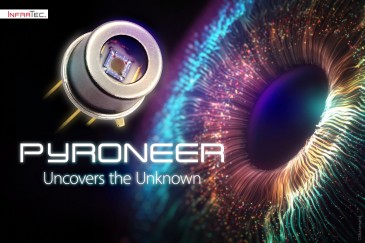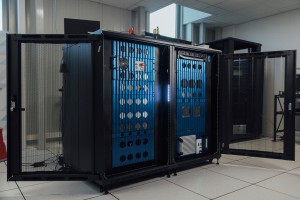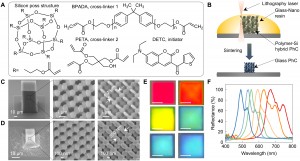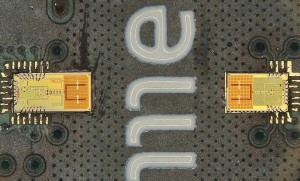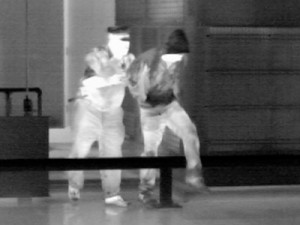
I am lucky enough to sell cameras for a living. While this may not be as exciting as selling golf equipment to the PGA tour, it has its own mystique and interest. Adding to the aura of my job is that I only sell infrared (IR) cameras. With all the superior technology that goes into the focal plane array (FPA) and the thousands of man hours that go into processing the signal-to-pin drop-quiet levels, the question I get asked most often has very little to do with the camera, "How far does it see?"
The answer is: It depends. As a sales guy, I hate this answer. This is the answer the engineers at work give me. This means I have to go away and reformulate my question with conditions and parameters. In this case, it is a must. There are a lot of parameters that go into the question, "How far does it see?" For instance, what do you want to see? A common way to categorize this is detection, recognition, and identification. If you simply want to "detect" if something is there, it requires less resolution than if you want to "recognize" the target. "Identifying" what the target is requires more resolution than recognition.
Think of it this way: I can go to the beach and look out over the water and see an object in the distance that might be a boat (detection). If I were closer to the object, I could determine if it were a small private fishing boat or a tanker of some sort (recognition). Closer still, I could determine the hull ID number (identification).
Resolution is commonly defined by the number of pixels that the camera offers. Standards are 320 x 240, 640 x 480, and 1280 x 1024. The number of pixels in the camera is only one factor in determining how far it can see. Another is the lens. The longer the focal length of the lens on the camera system, the longer the physical distance that a camera can detect, recognize, and identify a target.
Field of view
Lenses are often described in terms of the focal length, for example 25 millimeters (mm). Another way is by the lens’ field of view (FOV) such as 9 degrees. Typically, the longer the focal length, the smaller the FOV. Another critical element is that lenses are designed for certain sensor and detector sizes. In visible cameras, this is called lens format. A lens that was designed to work with quarter-inch sensors, will not work on imaging sensors that are half- inch format. If this were to happen, the result would be vignetting, where the periphery of the image is darker than the center. In a properly matched combination, the lens will project the full image across the whole of the sensor.
Lenses are often described in terms of the focal length or by the lens’ field of view (FOV).
In infrared systems, lenses are specifically designed for focal plane arrays (detectors). IR detectors are not designed around traditional visible lens formats. Each pixel has a dimension and is measured typically in micrometers (microns or µm). The pixels are normally square. So a detector that has 17 micron square pixels, and - 640 pixels across and 480 pixels vertically, the detector has a total size of 10.88 millimeters x 8.16 millimeters, and has a diagonal of 13.6 millimeters. To bring it back to visible lens formats, 13.6 millimeters is approximately one-half inch. In visible terms, this would be a one-half inch format lens. In the infrared industry, most infrared lens catalogs specify the lens size against the number and size of pixels. For instance, a lens data sheet will state that it is compatible with infrared detectors that are of a certain resolution (640 x 480) with a certain pixel size (17 µm).
To reiterate, the FOV is determined by the focal length of the lens and the size of the detector. For a 50 mm lens (focal length) and a detector with 640 x 480 pixels that are 17 µm, the field of view can be calculated as 12.41 degrees horizontal. Another way to think about this is to imagine your display (computer or television monitor). From the left edge of the display to the right edge of the display, there are 12.41 degrees. One is spreading 640 individual imaging elements (pixels) across 12.41 degrees field of view. Depending on how big the object is and how far away it is, one can start to formulate detection, recognition, and identification decisions.
Which leads us back to the question, "How far can you see?" The answer is, given the parameters above (50 mm lens, 640 x 480, 17 µm detector) a one meter target can be detected (fills two pixels) at 1,471 meters away. It can recognize an object (fills eight pixels) at 368 meters away. It can identify a target (fills 13 pixels) at 226 meters away. Larger targets increase the distance. Stronger criteria (more pixels assigned to detection, recognition, and identification) would reduce the distance.
Instantaneous field of view
Another method, preferred by many in the infrared industry, is to calculate the instantaneous field of view (IFOV).
Another method, preferred by many in the infrared industry, is to calculate the instantaneous field of view (IFOV). IFOV measures what each pixel can see versus what the entire array of pixels can see. IFOV is normally measured in terms of micro radians (µrad). A radian is the angle resulting from wrapping the length of the radius of a circle, along the edge of the circle. Using the same parameters as before (50 mm lens, 640 x 480, 17 µm detector) each pixel in the system will have an IFOV of 0.33 µrad. Knowing this, one can calculate strong data for a given distance. At 1000 meters, each pixel will account for 34 centimeters horizontally. All the horizontal pixels together will result in an image that is 218 meters wide.
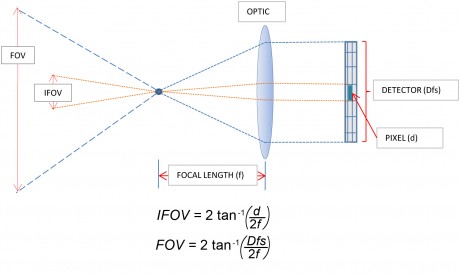
Determining these measurements requires trigonometry. I don't know about you, but it has been many years since I took trig, and I stopped using it as fast as I could. Fortunately for people like me, we do not have to use trigonometry to determine fields of view or IFOV to understand how far an imaging system can see. There are some excellent FOV calculators available on the internet from infrared camera manufacturers. Pick one that provides both the standard FOV and the IFOV. You will have to plug in the characteristics of your system. The data should be readily identifiable on the data sheet of your camera and lens. After that, know how big your target is and you will be able to answer the question, "How far can you see?"
Below is a video of a bridge shot with the Tamarisk 320 longwave-IR camera using a 9° lens.

A variety of IR and thermal cameras available from Sierra Olympic Technologies, Inc.
Written by Charles Gilbert of Sierra-Olympic Technologies, Inc. based in Hood River, Oregon (US).





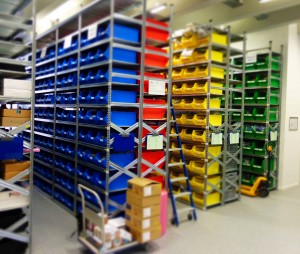


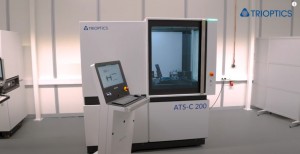
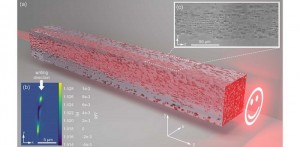


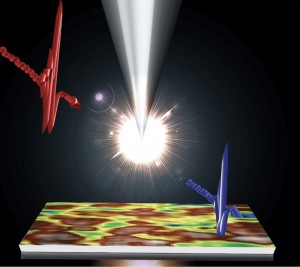




















 Back to Features
Back to Features


